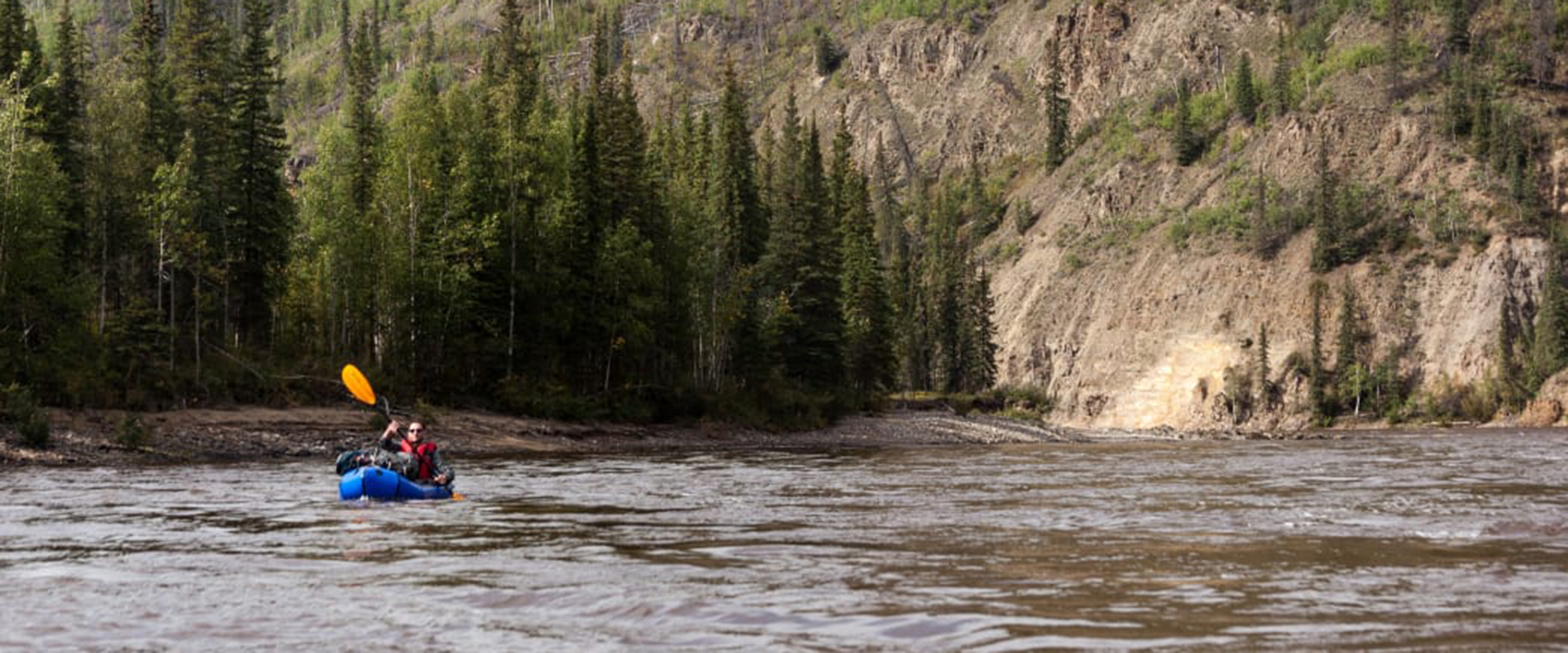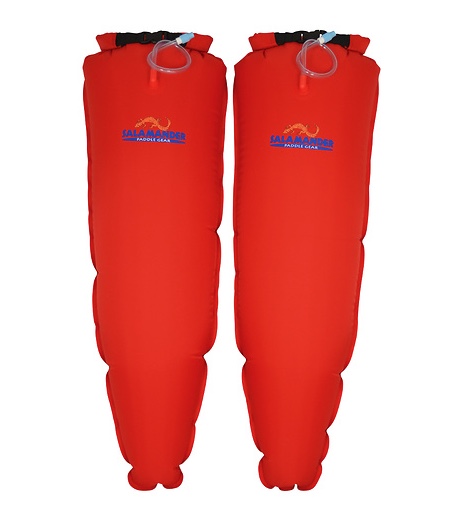Setting out for a multi-day trip on the water is on most paddlers’ bucket lists. There’s simply something beautiful about enjoying the day in your boat or on your stand-up paddleboard, spending the night at camp, and then getting right back in the water the next day to do it again. Whether you’re whitewater rafting down the river for a week or taking out the SUP for a weekend tour around the lake, these tips for a successful overnight paddle trip will have you covered.
1. Nail Down Your Paddling Itinerary
Timing becomes even more critical on an overnight trip than for a one-day excursion. Calculate how many miles you’ll paddle each day and what time you hope to roll into camp. You’ll want to leave yourself generous time to reach camp before dark, so go conservative when you estimate how many miles you can paddle each day.
Assume you’ll go at a slower pace than usual to account for paddling with all your gear and with the soreness you might be feeling by multiple days on the water. Also, remember that a group is only as fast as its slowest paddler, so consider the skill levels of everyone on your trip when making an itinerary.
2. Make a Plan for Put-In, Take-Out, and Shuttles

With all the excitement of getting out on the water, it’s easy to overlook the details of exactly how and where you can put in and take out. Research the available boat launches and access roads to the river, lake, or area of the ocean where you’ll be paddling. Access roads to rivers and more remote locations can often be steep, windy, or unpaved tracks, so make sure you’ve got the right vehicles for this type of driving if necessary. Knowing what kinds of roads you’ll encounter is especially crucial if you’re using a trailer to tow your boats in and out of the water. And don’t forget to bring the map! You can keep your map dry using one of these clear map cases.
For a point-to-point trip, make a plan ahead of time for shuttling people and potentially boats back to the cars at the put-in. Run a shuttle with at least two vehicles within your group, or set up a time for another friend or family member to meet you at the take-out with their car. On many popular rivers, local outfitters and guide companies offer shuttle services for a fee.
3. Research Permits and Regulations
Many rivers, lakes, and coastal areas require permits for overnight use. For an ultra-classic river trip like the Grand Canyon, paddlers on private trips must enter the permit lottery system, sometimes waiting years to hit the jackpot. American Whitewater offers a great list of rivers and river sections in North America that require permits. Fees and in-person permit pick-ups from local field offices are mandatory for many of these. Even if you’re familiar with an area, it’s always worth checking because some places require permits for overnight camping even if they don’t for day use.
At many places, officials won’t give you a permit until you declare that you’re aware of local rules and signing off that you’ll adhere to them. Permit or not, researching the local water regulations is crucial to having a safe and enjoyable overnight paddling trip. Are helmets and PFDs required for the whole river or for particular rapids? How far away from the water do you have to camp? Are there fire restrictions in the area? Do you need a firepan? Do you need to wash your boats before put-in to prevent invasive species transfer? Not knowing the regulations can lead to costly fines or mishaps that can ruin a trip.
4. Bring the Right Camping Gear
Once you’re on the water for an overnight paddling trip, there’s no turning back for forgotten items. If you make an organized list of camping necessities, you can avoid this dreadful situation. On pretty much any overnight trip you’ll need one or more tents, sleeping pads, and sleeping bags for each person, plus toiletries, extra clothes, camp shoes, a stove, and food and cookware for each meal. Other essential safety gear for camping includes camp lights and headlamps, first-aid kits, water purifiers, and GPS devices and maps.
Rafting trips typically allow for bringing more luxurious camping set-ups, like tables, chairs, camping grills for group cooking, and games. Those traveling by SUP or kayak will have to leave most non-essentials at home unless you’re lucky enough to be tagging along with a rafting crew (best of both worlds!).
5. Know How You’ll Pack Your Gear

In addition to knowing what to bring, you’ll also have to be well-versed in how to bring it. With limited space and weight allowance, packing efficiently is key. Rafting veterans are experts in packing gear in their boats to work double duty: a food cooler or a camping table can become seats for rowers in the raft.
Waterproofing all of your gear is a must-do. Dry bags and dry boxes are the way to go for any type of paddling overnighter. Use dry boxes for particularly fragile or expensive pieces of gear, like GPS devices, phones, and cameras. Dry bags can be used for camping gear—larger bags are great for holding gear from multiple people.
6. Practice Packing and Rigging Your Boats at Home
Once you have all your gear together, pack it into your dry bags and boxes, and rig them to your raft, SUP, or kayak. You’ll quickly learn how everything fits, or if it simply doesn’t all fit. You don’t want to realize at the put-in that your camp table is too wide for the raft or that you’ve stuffed your dry bags with too many heavy items to steer your vessel comfortably. Don’t forget to keep a separate dry bag for the gear you’ll want to access while you’re paddling. Nobody wants to open up the 70-liter dry bag to find a pair of sunglasses before the next rapid.
The biggest tip of all: Enjoy your time on the water and be thankful for all the planning you did to pull off your trip without a hitch—okay, maybe a few hitches and some knots!
Written by Jenna Herzog for Matcha in partnership with Salamander Paddle Gear.
Salamander Ultranighter Bags - Flotation and Dry storage bags to make any overnight kayak trip go smooth. These are available in Small and Large.
Newly re-designed with a separate sealed bladder from the storage area. Now you can pack your gear, roll down and close the bag, stuff it in your boat and blow up the bladder. This keeps your gear sealed and dry while the separate bladder holds you gear in place without losing any air! Designed to keep your supplies dry and protected from water brought in by boat condensation, capsize, or hull leakage. Made from 210 Denier PU Laminated Oxford Fabric that ensures the bags are lightweight and strong. The tapered shape of the bags allow them to pack tightly into difficult spaces, maximizing the dry storage potential of all boats. These Large bags are large enough to hold a sleeping bag. 2 bags per set. Click here to order online.



Comments